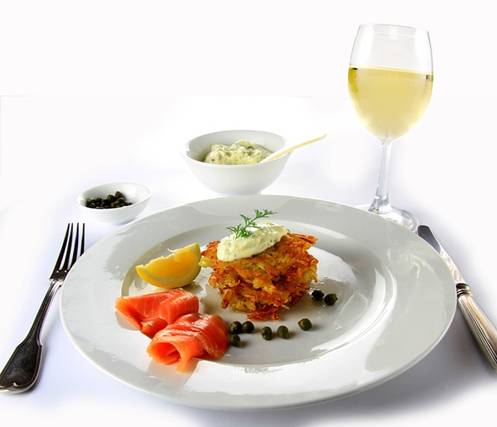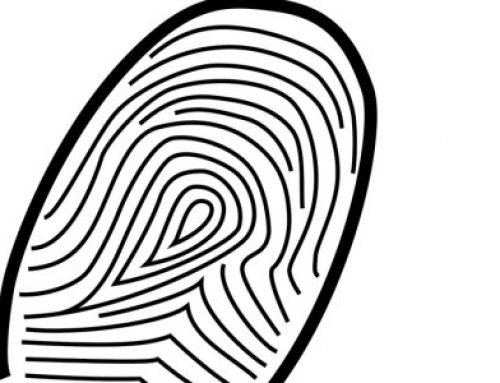By Amanda Morrissey, Customer Impact Editing Manager
For mystery shoppers, one of the most rewarding parts of the job is often the food that you get to eat. From omelets and hashbrowns, to hot dogs, burgers and fries, to prime steaks and lobster, the food can either be one of the highest points of the shop, or unfortunately, one of the lowest. In a business that relies on objectivity, it is sometimes hard to describe the food without giving opinions and feelings. We need to remember that we are mystery shoppers writing objective accounts of our visits, not food critics who are paid to be harsh or critical. Here are a few tips that will help you write helpful food comments and rate food appropriately.
* Focus on the food, instead of on yourself or your companion. Remember that the client just wants us to tell them about their food, instead of what you or your companion did, said or thought. For example, instead of this:
I ordered the Chicken Fried Steak. I thought it was cooked properly, and it was tender as I ate it. I really enjoyed it.
Use this:
The Chicken Fried Steak was cooked properly and tender. It was very enjoyable.
* Tell them what exactly was wrong, rather than what you feel they should do about it.
Keep in mind that our job is to simply give our client the facts. We want to allow them the opportunity to take those facts and determine what needs to be done about any issues encountered.
Example:
Incorrect: The Filet needed to be put on the grill longer. The fries needed some salt.
Correct: The Filet was undercooked. The fries were unsalted and bland.
* Use words that do not have a strong negative connotation and that are professional, as well as grammatically correct.
We know it is hard to be 100% objective when you describe how something tastes, as everyone’s tastes are different. Try to avoid using words that create an extremely strong negative feeling, like: gross, disgusting, nasty. Other words and phrases to avoid include yummy, tasteful, and good-tasting. Some excellent descriptions to use would be things like flavorful, perfectly cooked, well-seasoned, undercooked, bland, burnt, fresh, appealing.
* Always use the food rating instructions as a guide.
Again, our clients understand that all food is not to everyone’s taste, but they ask that we focus more on whether the kitchen staff did their job and prepared the items properly than on whether an item is to your personal liking. Use the rating scale you are given to distinguish between items that are perfectly prepared and those that have some problems.
The ratings are as follows:
Excellent/Exceptional: Item is prepared just as it should be and has no problems at all.
Very Good: Item is still tasty and prepared well, but has a minor issue, like the temperature being slightly off, slightly underseasoned, etc.
Satisfactory/Fair: Item has more than just a slight problem with seasoning/temperature, multiple parts of the dish have issues or are incorrectly prepared.
Poor: All parts of the dish have issues, portions of the dish are inedible.
Have you always wanted to provide feedback to the chefs at the restaurants you patronize? Think you would be great at objectively describing and evaluating the food you receive when dining out? We have restaurant mystery shopping assignments across the country and would love to have you join our team! Sign up with our mystery shopping company today at www.customerimpactinfo.com!
Featured Image by: FreeDigitalPhotos







